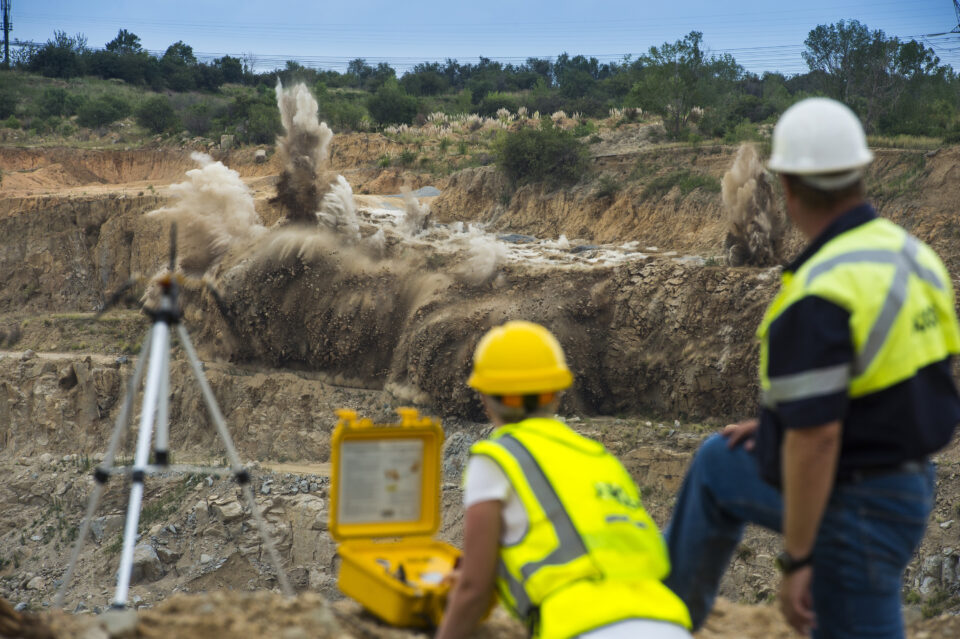Even closer collaboration within Africa’s mining ecosystem will be required if the sector is to meet its ambitious environmental, social and governance (ESG) targets for 2030.
With the Mining Indaba’s focus on future-proofing the sector, ESG remains a primary focus. Achieving these targets is not made any easier by the demanding mining conditions in countries such as South Africa, including deep and complex ore deposits.
Across the value chain, there have been considerable strides in making mining more inclusive – in terms of procurement, skills development and community upliftment. As a blasting and explosives partner to mining customers, we continue advancing our own ESG initiatives in alignment with customer targets. Indeed, the collaborative approach has to be embraced by all stakeholders, from regulators and communities to suppliers and shareholders.
ESG capability
Mines are changing their operating models accordingly, by setting not only their own targets but by ensuring that all players in their supply chains come up to scratch. This is often seen directly in their tendering practices, where potential participants must demonstrate their capability to make a clear contribution to meeting industry ESG targets.
In terms of net zero carbon commitments, for example, it is clear that the various individual entities in the mining ecosystem will struggle to meet industry benchmarks if they do not have all their stakeholders pulling in the same direction. Such targets need the necessary environmental technology to be developed and applied, and for digital tools to measure performance over time.
Energy saving route to decarbonisation
Reducing energy consumption is a direct path to lowering carbon footprints, particularly in countries like South Africa where coal-fired electricity dominates. Innovations in blasting, from emulsions to electronic initiation systems, help mines to save energy while meeting stringent environmental standards.
There are various and ongoing technological advancements in blasting which contribute to a more sustainable mining ecosystem. These include a range of opportunities arising from electronic detonation systems – allowing mines to take significant strides to enhance their blasting precision and efficiency. Today’s technology supports larger, more controlled blasts, reducing the frequency of any interruptions to the mining process – thereby streamlining operations generally.
Fragmentation and energy efficiency
This has the effect of reducing overall energy consumption, and also contributes to better rock fragmentation – which in turn reduces energy demands in subsequent loading and crushing phases. Combined with the power of blast planning software, this allows mines to optimise their blasting outcomes, with positive impacts on energy efficiency and lower greenhouse gas emissions.
In this regard, data management is a key enabler in optimising mining processes and operations. Ever-improving technology to gather and analyse data helps the whole ecosystem to assess progress and focus attention on where it is most needed. We are excited by the positive impacts we have already achieved with digital and other technologies, and expect to see continued uptake across the value chain.



